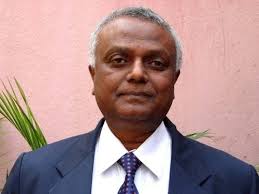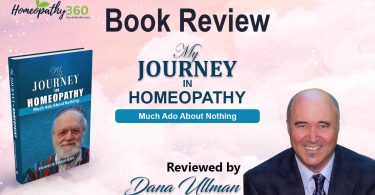
Instinctive wishes for perfection keep one to dive into the treasure of natures among universal surrounding. Developing conscientiousness about the minute details makes one an acute observer who keeps on acquiring every detail and keep on updating himself. Dr. Cyrus Maxwell Boger put himself into the arena of homoeopathy with initial influence of his educationist father and later on big impact coming from Dr. Boenninghausen. Big impact of Homoeopathy is observed through his view as – “All sicknesses present two classes of manifestations; those by which they are determined or named, i.e., the diagnostic symptoms and those peculiar to individuals and cases, often seemingly having no bearing upon the illness, hence called idiosyncratic symptoms.”
Boger always emphasized on proper and detailed case taking and believed that this is the first and very important step to find the simillimum. He was strongly against giving undue importance to a single symptom even if the symptom might be a characteristic or keynote. In his own words, “It is far better to be able to see the general picture of the case and use the keynotes as a differentiating point, just as we would use a modality”. According to him, running after keynotes while paying scant attention to general picture of case spoils many cases and leads to polypharmacy.
Boger being an ardent follower of Dr. Boenninghausen he translated Boenninghausen’s repertory from Germany to English and called it A Systemic Alphabetic Repertory of Homoeopathic Remedies with his own additions which was published in 1900. Popularly known BBCR (Boger Boenninghausen Characteristic Repertory) became the magnum opus in the field of Homoeopathic Repertory. His clinical skill got preserved through his A Synoptic Key of the Materia Medica. Dr. Boger was also a prolific writer on the use of repertories who was at ease with both Kent’s and Boenninghausen’s school of philosophy. The construction and information’s based in Kent’s repertory also impressed him which helped to embark him on the mission of achieving and integration of the information present in these two repertories. Synoptic key is one such classical text of homeopathic literature that has seen many ups and downs.
Rising from student to an author Dr. Anil Singhal with constant updates coming from several stalwarts Dr. Jugal Kishore, Dr. Diwan Harish Chand, and Dr. DP Rastogi and others developed courage to be wise and dare to present BOGER LEGACY. Repertory can never be a static feature. History of repertory suggest that constant evolution remained as the part of Repertory. Need for updating by addition new medicines and rubrics are always required. Dr. Singhal with his vast experience and impacts of digital transformation enabled him to compile and suggest rubrics and medicine as an augmented aspect of Boger repertory. “Boger’s Legacy & Augmenting the Synoptic Key’s Repertory” by Dr. Anil Singhal is inspiring contribution to this ever-evolving field. Dr. Anil Singhal with his treasured knowledge and vast experience in Homoeopathy, has presented his work in a very systemic and effective way and it will be useful for both undergraduate and postgraduate students and practitioners as well. This book opens new dimensions for further exploration and data collection process which the practitioners may find to practice Homoeopathy as scientific research-oriented practice.
I congratulate Dr. Anil Singhal for presenting new gem to the profession.
(Dr. M. K. Sahani)
Dr Mridul Kumar Sahani Prof. Sahani is one of the senior most clinical practitioners in India, and is associated with GD Memorial Homeopathic Hospital, Bihar. He is also the former Chairman of the Education Committee, Central Council of Homeopathy, Gov. of India.







